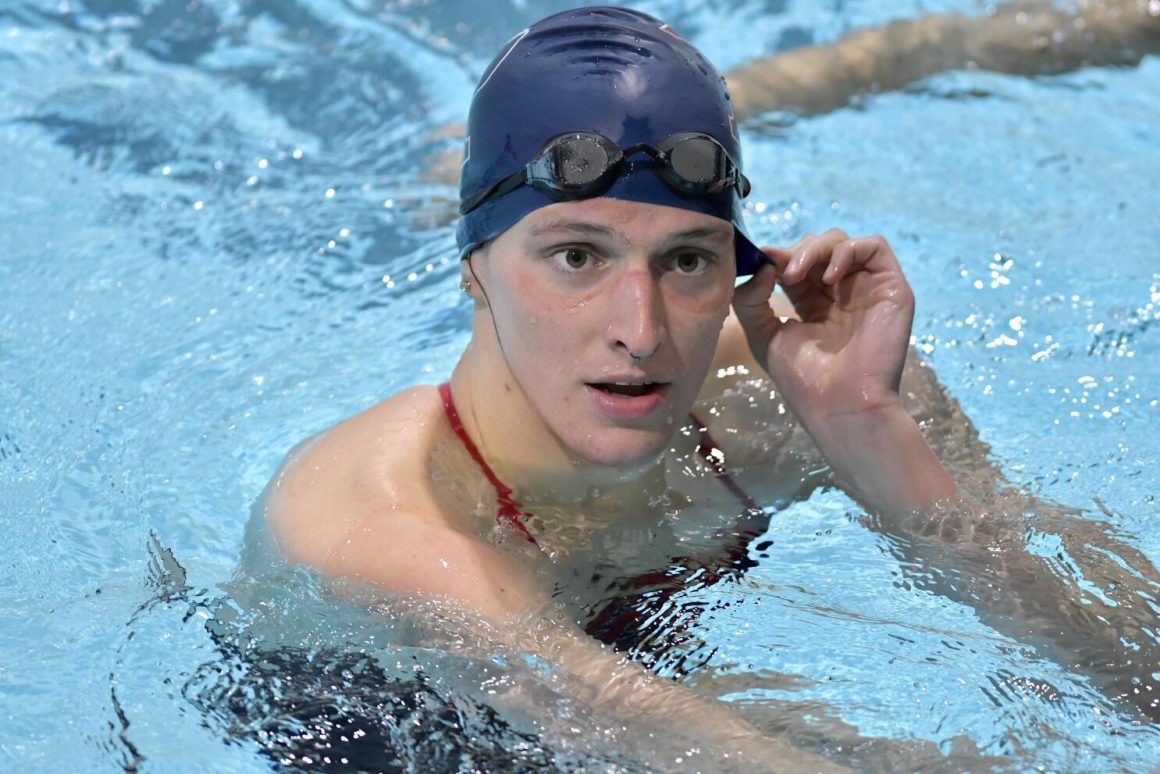
Gender identity vs. fair play: Finding balance in athletic competitions
By Josie Simon, November 10 2024—
The conversation about transgender athletes, especially transgender women competing in women’s sports, has become increasingly polarized in North America. It raises important questions about how we define fairness and inclusion. Can we ensure everyone feels included without putting fairness and safety at risk in competitive sports? It’s a challenging dilemma that touches the very foundations of women’s athletics.
I believe that the recent proposals in Alberta recommending restrictions on transgender women competing in women’s sports have merit. These recommendations, including the creation of separate divisions or gender-neutral categories, have sparked intense debate. Critics often accuse them of discrimination, but I see these measures as necessary to level the playing field, especially when considering the physical advantages that might linger from male puberty.
The core issue here is fair competition. Generally, males have physical traits — like greater muscle mass, lung capacity and bone density — that can heavily influence the outcome of sports competitions. In high-stakes arenas, where even a slight advantage can determine a winner, allowing transgender women to compete against cisgender women raises significant concerns about fairness.
There’s still contention in the scientific community about whether hormone therapy really neutralizes these advantages. While it can reduce specific physical characteristics, it does not completely eliminate the benefits that come from male puberty, such as cardiovascular efficiency. This leads to a tough question: if we are serious about fairness, can we justify making all competitive spaces open to everyone without considering these disparities?
Advocates for broad inclusion often argue that the number of transgender athletes is small, and their impact on competition is minimal. However, we are already seeing transgender women dominate in elite sports.
For instance, Lia Thomas gained attention by winning the women’s 500-yard freestyle at the 2022 NCAA Championships.
Laurel Hubbard made history by competing in weightlifting at the 2020 Olympics, representing New Zealand in the women’s +87 kg category.
Hannah Mouncey has switched from men’s handball to competing for the Australian women’s national team and in the Victorian Football League after coming out as transgender.
These cases collectively highlight the significant success transgender women are currently achieving in sports typically reserved for cisgender women.
Additionally, the focus on testosterone levels misses the bigger picture of how sex and athletic performance interact. Simplifying this complex issue into hormone levels alone sidesteps the underlying systemic inequalities at play.
I want to be clear: I’m not questioning the identity of transgender women or suggesting there’s any validity in denying their womanhood. My primary focus is on ensuring that cisgender women and girls have the right to compete fairly in their sports.
To move forward, we need solutions that balance fairness with inclusivity. Ideas like creating separate divisions for transgender athletes or implementing gender-neutral categories could allow everyone to participate meaningfully without diminishing the integrity of women’s sports.
Canadian sports organizations need to take this dialogue to heart. We need to truly engage a variety of voices, including both transgender and cisgender athletes, to explore what genuine inclusion looks like. It is a nuanced conversation, but it is important for shaping the future of athletics in a way that respects and upholds the rights of everyone involved.
This article is a part of our Opinions section and does not necessarily reflect the views of the Gauntlet editorial board.
